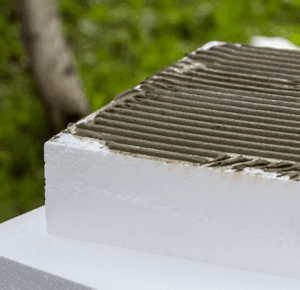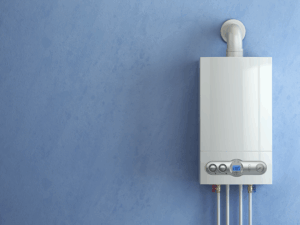Ductless Mini-Splits vs. Central Air: Which Is Right for You?
Two of the most popular choices among homeowners are ductless mini-splits and central air conditioning systems.
Both can provide reliable comfort, but the right choice depends on your home’s layout, your budget, and your energy efficiency goals. In this guide, we’ll compare these systems in detail so you can make the best decision for your needs.
What Are Ductless Mini-Splits?
A ductless mini-split system is made up of an outdoor compressor unit connected to one or more indoor air-handling units. Instead of moving air through a network of ducts, these systems deliver heating and cooling directly into specific rooms or zones. This setup makes ductless systems ideal for:
- Homes without existing ductwork.
- Home additions or renovations.
- Spaces like sunrooms, garages, and finished basements.
Modern ductless systems are whisper-quiet, extremely energy-efficient, and capable of heating in temperatures as low as -35°C. They also offer zoned temperature control, which means you can heat or cool only the rooms you’re using—saving on energy costs.
What Is Central Air Conditioning?
Central air conditioning works by pushing cool air through a network of ducts that distribute it evenly throughout the home. A single thermostat controls the entire system, providing a consistent temperature in every room. Central air is a popular choice for:
- Homes with existing ductwork.
- Homeowners who want whole-home comfort with one control.
- Those who prefer a system hidden behind walls and ceilings, with only vents visible.
Which System Is Right for You?
Ductless Mini-Splits: If you don’t have existing ductwork in your home, want the flexibility to heat and cool only certain rooms, or value the ability to fine-tune temperatures in different spaces, a ductless mini-split system may be your best option. Ductless systems are also an excellent choice for home additions, finished basements, or areas where running ductwork would be expensive or impractical. They offer impressive energy efficiency, quiet operation, and the versatility to provide both heating and cooling year-round.
Central Air Conditioning: On the other hand, if your home already has ductwork in place, central air conditioning might be the more practical and cost-effective solution. Central air provides consistent whole-home cooling controlled by a single thermostat, making it ideal for those who prefer a uniform temperature throughout the house. It also integrates seamlessly into a home’s existing design since the vents are built into walls or ceilings, avoiding the need for visible indoor units.
Choosing between ductless mini-splits and central air ultimately comes down to your home’s layout, your comfort preferences, and your long-term energy efficiency goals. By working with an experienced HVAC professional, you can determine which system will deliver the best performance, comfort, and value for your specific needs.
Why Work with a Professional HVAC Company?
Whether you’re leaning toward a ductless mini-split or a central air system, professional installation is essential to ensure you get the best performance and value from your investment. An experienced HVAC technician will begin by carefully assessing your home’s layout, insulation, and overall energy needs. This helps determine the most suitable type and size of system for maximum efficiency and comfort.
At Ashton Heating & Cooling, we’ve been helping homeowners find their perfect home comfort solution for over 15 years. Our friendly, knowledgeable team can walk you through your options, explain the pros and cons based on your home, and provide a professional installation that ensures efficiency, reliability, and comfort for years to come.
Ready to choose the right cooling system for your home? Call us today at 905-240-6055 or schedule your in-home consultation.















